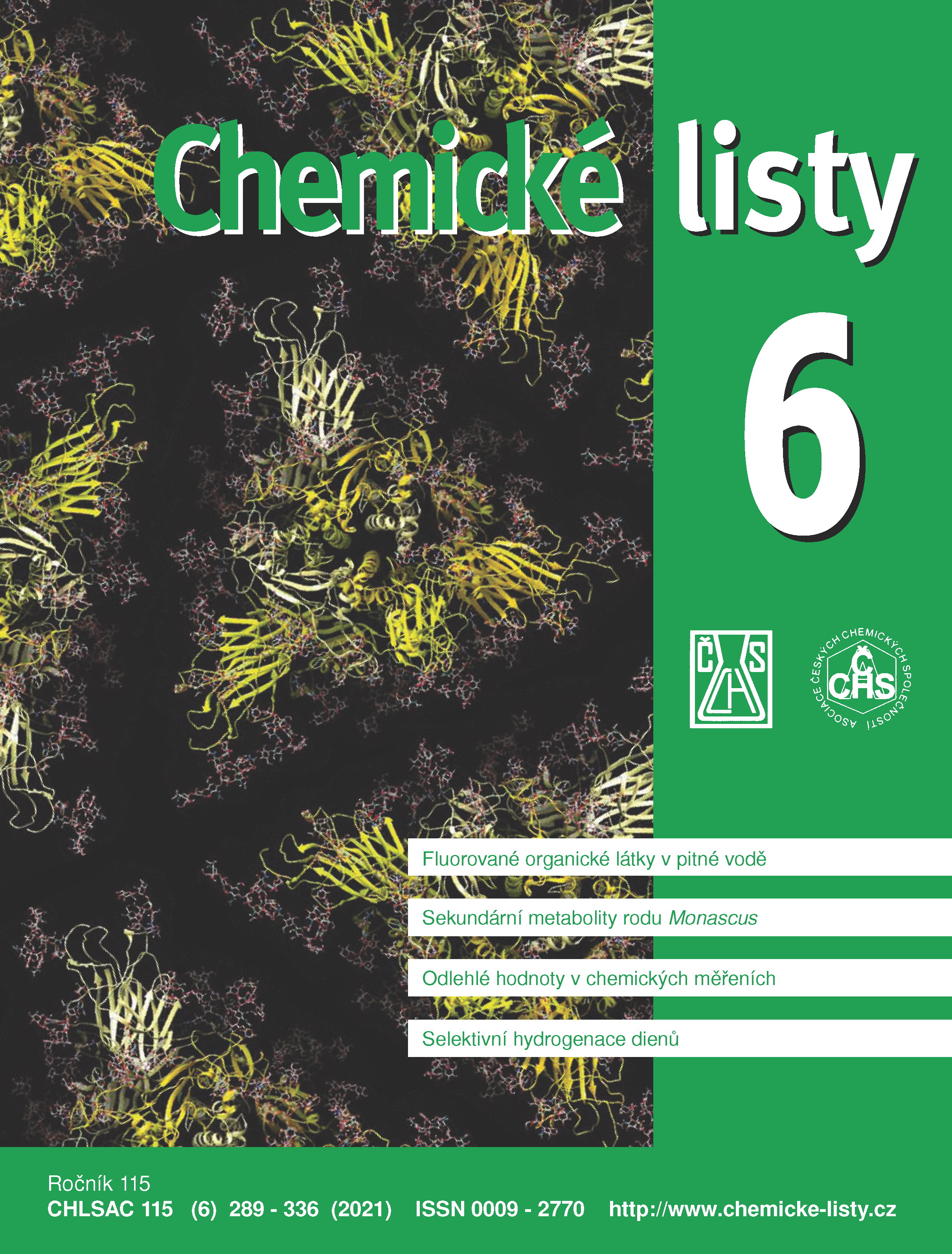Occurence and Removal of Per- and Polyfluorinated Organic Substances during Drinking Water Treatment
Keywords:
drinking water, perfluorinated organic compounds, polyflurorinated organic compoundsAbstract
A group of pollutants denoted to as per- and polyfluoroalkyl substances (PFAS) currently comprises more than 4,700 identified substances. Their structure consists of a per- or polyfluorinated hydrocarbon chain forming the hydrophobic part of the molecule and a functional group which in turn forms a hydrophilic part. Depending on the type of functional group, PFAS can be divided into sulfonates, carboxylates, sulfonamides, phosphonates, acrylates, acetates and other minor groups. These substances are nowadays ubiquitous in the environment. In general, they are considered as highly persistent in nature. However, under suitable environmental conditions, some of them may degrade due to the presence of highly polar functional groups. The intermediates or final products of the degradation first step are less or non-polar. These are not readily (bio)degradable and can accumulate in the environment. Current technologies are not able to remove per- and polyfluorinated compounds from drinking water efficiently. It is therefore necessary to develop new technologies or efficient sorption materials that will enable the removal of both per- and polyfluorinated compounds, micropollutants and residual organic substances and thus to eliminate or at least to decrease the risk associated with human exposure to these substances in drinking water.





